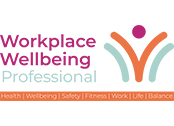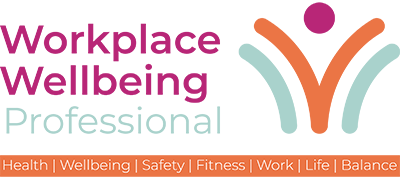One in ten UK workers never experience creative inspiration, while nearly a third (29%) struggle to sustain creative bursts for longer than an hour, new research has revealed.
The study, by design software firm Adobe Express, examined how creativity fluctuates throughout the day and identified the key factors that help employees stay motivated. It found that 31% of workers feel most creative in the morning, while 19% perform best in the afternoon, 17% in the evening and 13% late at night.
But 21% of employees experience their creativity in waves rather than at a set time, making workplace conditions a critical factor in maintaining innovation.
With creativity playing a vital role in problem-solving, innovation and job satisfaction, the findings suggest that many workplaces may not be doing enough to support employees’ creative potential.
What Helps Workers Stay Creative?
Employees were clear about what helps them stay motivated and inspired. More than half (55%) believe that flexible working hours would boost creativity, while 44% pointed to a relaxed workplace with less pressure. Other factors included regular breaks (33%), collaborative spaces (27%), workshops or brainstorming sessions (26%) and access to creative tools or software (26%).
Encouraging employees to explore personal projects could also be beneficial, with a quarter (25%) saying side projects help them stay creative. Team-building activities and retreats were cited by 24% of workers as a way to maintain inspiration.

Beyond workplace structures, daily habits also play a role in sustaining creativity. More than half of workers (51%) said a quiet environment helps them stay inspired, while others thrive on positive feedback and recognition (34%). Personal freedom and autonomy were also highlighted by 32% of employees as key to maintaining motivation, along with open discussions and brainstorming sessions (22%).
Physical activity is another significant factor, with 16% of employees saying movement helps them stay creative. Challenging tasks and inspirational surroundings, such as art and music, were also identified as motivators.
Creativity Varies by Industry
The study revealed that different industries rely on different methods to sustain creativity:
- Exercise: Most effective for workers in accountancy, banking and finance (70%)
- Meditation or mindfulness: Favoured by IT professionals (46%)
- Listening to music or podcasts: Popular among HR and recruitment workers (56%)
- Drawing or doodling: A creativity booster for law enforcement and security professionals (29%)
- Reading or researching new topics: Most common among HR and recruitment professionals (67%)
- Discussing ideas with others: Most effective for those in leisure, tourism and sport (38%)
- Engaging in hobbies: Helps workers in marketing, advertising, and PR stay creative (44%)
How Employers Can Foster Workplace Creativity
The study suggests that businesses should take a proactive approach to fostering creativity by allowing employees the flexibility to work in ways that suit them. While some employees thrive in quiet environments, others prefer background noise — 24% of workers said they are at their most creative with some level of ambient sound.
Workspaces that cater to different needs could provide a balance, with designated quiet zones for deep work and collaborative spaces for team discussions. Scheduling specific blocks of time for brainstorming or group problem-solving could also be beneficial, as 23% of workers favour discussing their ideas with colleagues.
Movement and mindfulness are also worth considering, with 32% of workers saying exercise helps boost their creativity. Encouraging employees to take regular breaks, go for walks or even take part in activities like yoga could help sustain energy and motivation.
As the study shows, workplace creativity is far from guaranteed. While some employees have natural creative bursts, many struggle to maintain their inspiration. By introducing flexible working arrangements, reducing pressure and providing the right environment, businesses can help employees stay innovative, engaged and, ultimately, happier in their roles.


